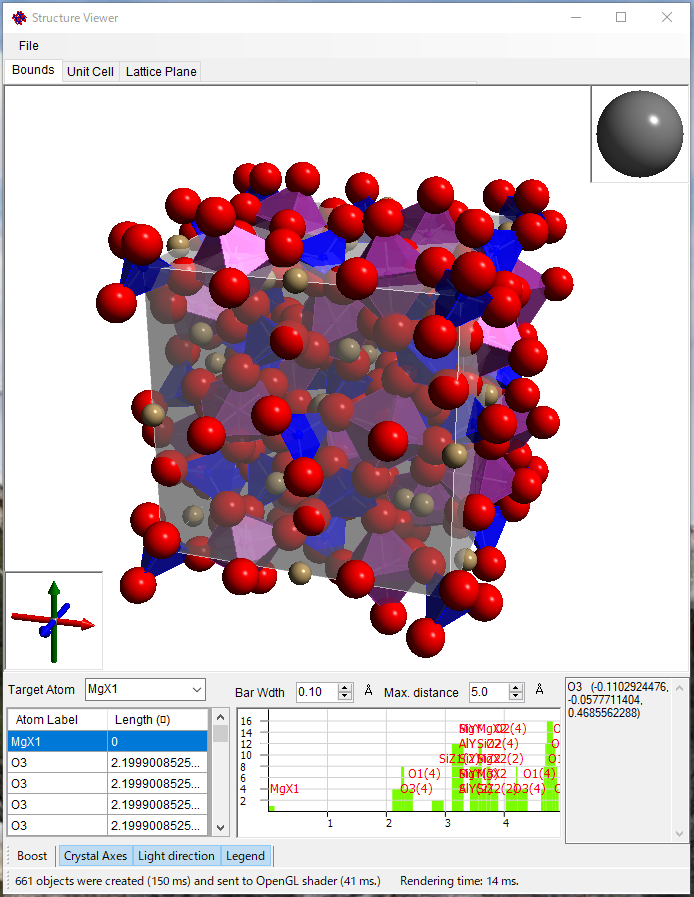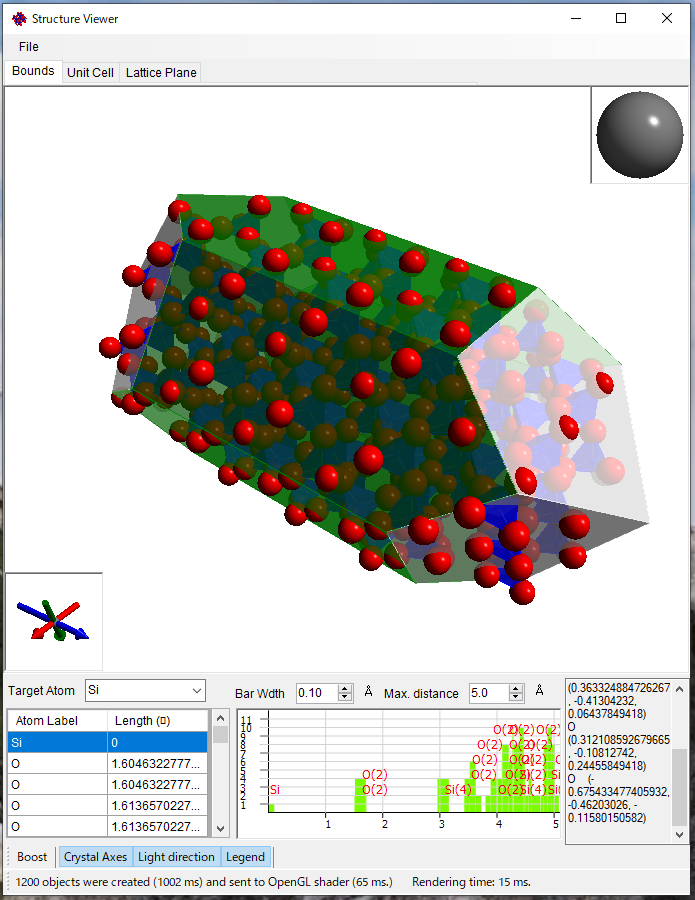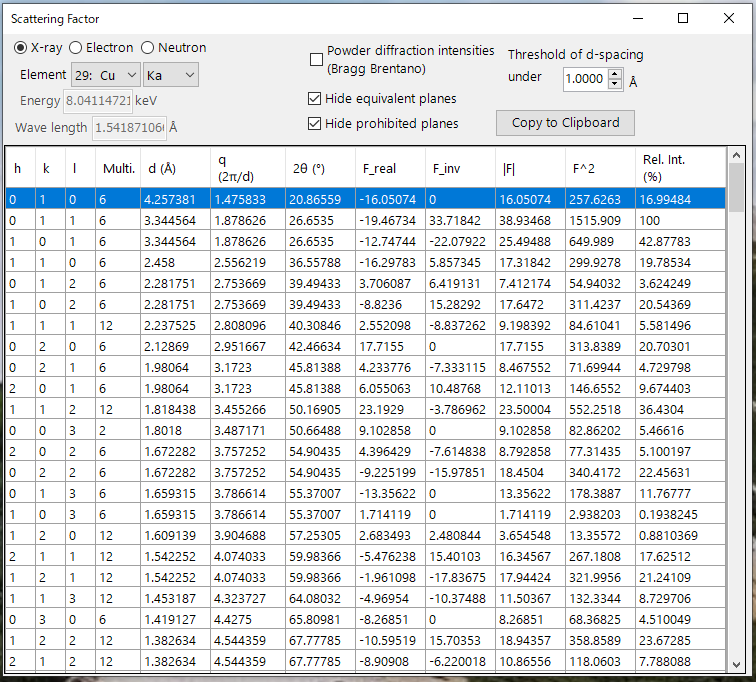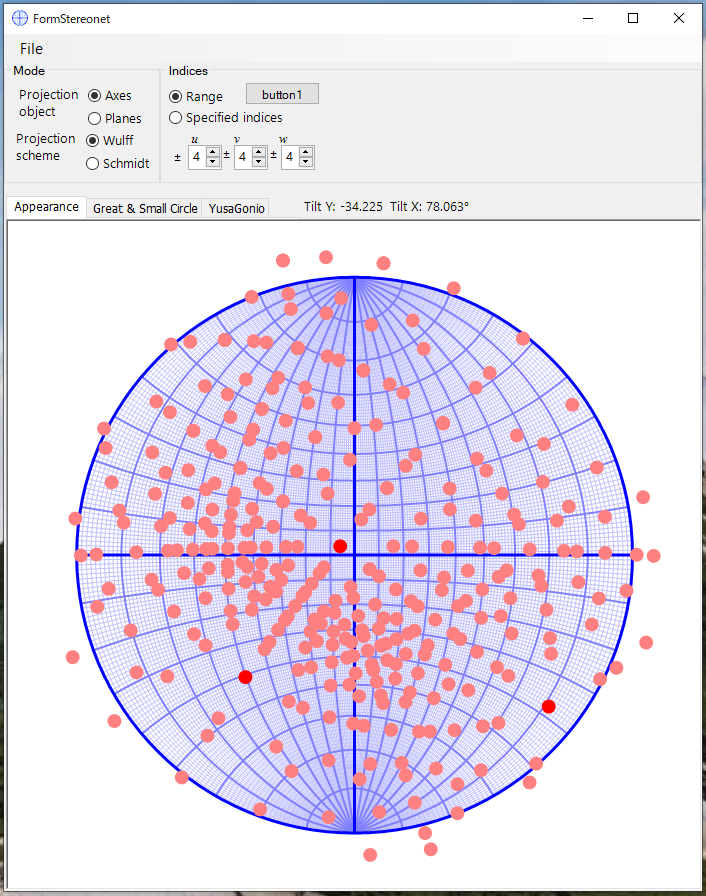ReciPro is free software that provides a variety of crystallographic calculations and simulations, and has been downloaded >10,000 times since its release on github (Mar 2020). See also Wiki to learn how to use!
recipro_demo.mp4
- ReciPro makes various crystallographic calculations, visualizes a crystal structure, simulates a diffraction pattern and high-resolution TEM image, indexes diffraction spots, plots stereographic projection, and so on.
- ReciPro is developed by Seto Y. (Osaka Meteropolitan University, Japan) and Ohtsuka M. (Nagoya University, Japan). The functions and algorithms are also presented in the paper. If you use this software to write an academic paper, we would appreciate it if you would cite the following information.
- Access https://github.com/seto77/ReciPro/releases/latest, download ReciProSetup.msi, and execute it.
- ReciPro runs on Windows OS with .Net Desktop Runtime 8.0 (not .Net Runtime 8.0), which can be installed from here.
- Japanese version : https://raw.githubusercontent.com/seto77/ReciPro/master/ReciPro/doc/ReciProManual(ja).pdf
- English version : https://raw.githubusercontent.com/seto77/ReciPro/master/ReciPro/doc/ReciProManual(en).pdf
-
Makes crystallographic calculations.
- 530 (Hall symbol) space groups are available.
- General conditions (or extinction rules), Wyckoff positions, multiplicities of all space groups.
- Geometrical calculation of periodicity and/or angle between planes and/or axes.
- Generation of equivalent atomic positions.
- 530 (Hall symbol) space groups are available.
-
Provides crystal database.
- Over 20,000 crystal structures are available after installation.
- The database is provided by American Mineralogist Crystal Database (AMCSD, Downs & Hall-Wallace, 2003, American Mineralogist 88, 247-250)
- Over 20,000 crystal structures are available after installation.
-
Includes atomic properties.
- Characteristic X-ray wavelength/energy.
- Atomic scattering factor for X-ray, electron and neutron.
-
Simulates diffraction patterns.
- X-ray, electron, and neutron sources are available for incident beams.
- Kinematic simulations for the all sources.
- Dynamical simulations for electron diffraction based on the Bloch wave method.
- Parallel electron diffraction (SAED)
- Precession electron diffraction (PED)
- Convergent beam electron diffraction (CBED)
-
Draws crystal structure using OpenGL4
- Atom, bonds, polyhedra, unit cell and lattice planes.
-
Plots stereonet (Wulf-net).
- Axes and planes of any indices.
- Large and small circles.
-
Identifies diffraction spots in the observed image.
- Major file formats (dm3, dm4, tiff, …) are supported.
- Automatically detects diffraction spots, and identifies (or indexes) the spots for the selected crystal(s).
-
Manages crystal data base.
- ~80 crystal data are initially bundled.
- Import/export CIF, AMC format files.
- Possible to use COD and AMCSD database through CSManager (https://github.com/seto77/CSManager/releases/latest).






